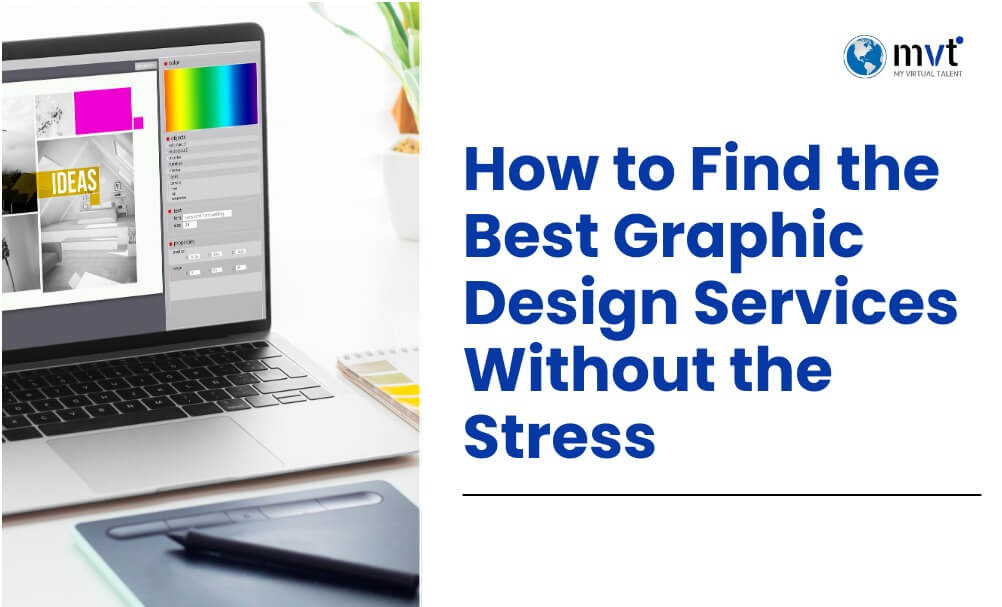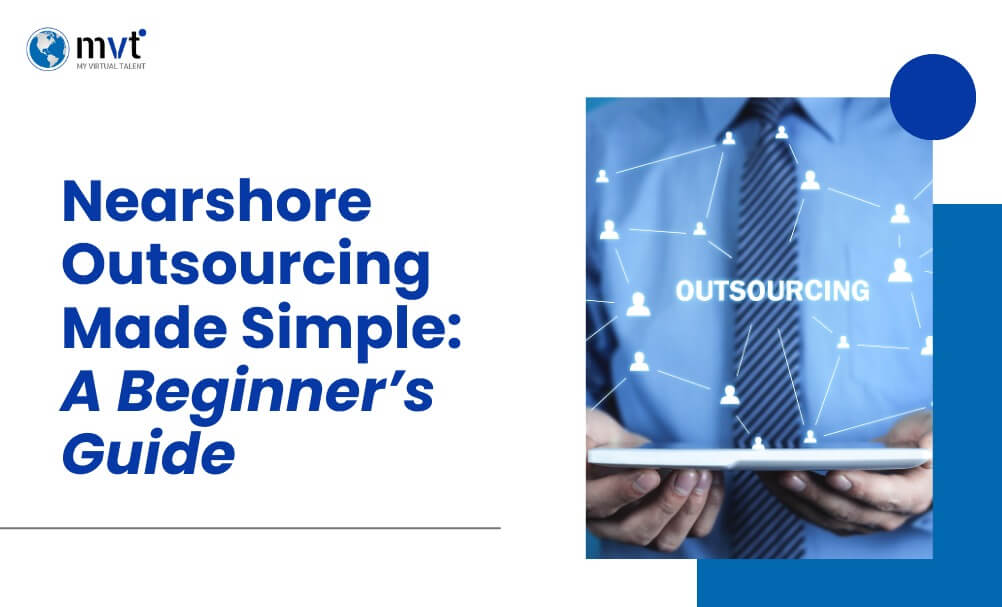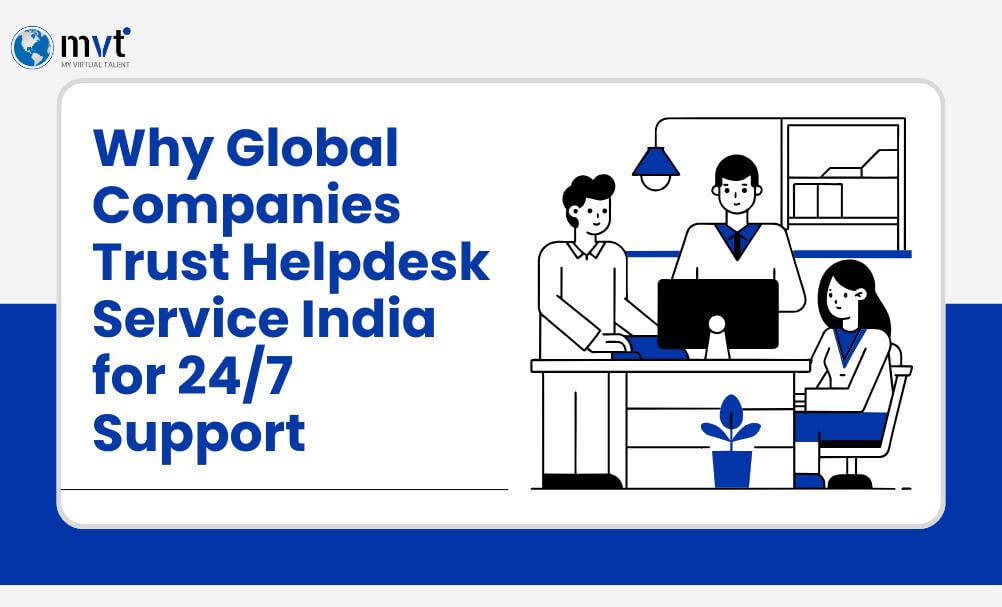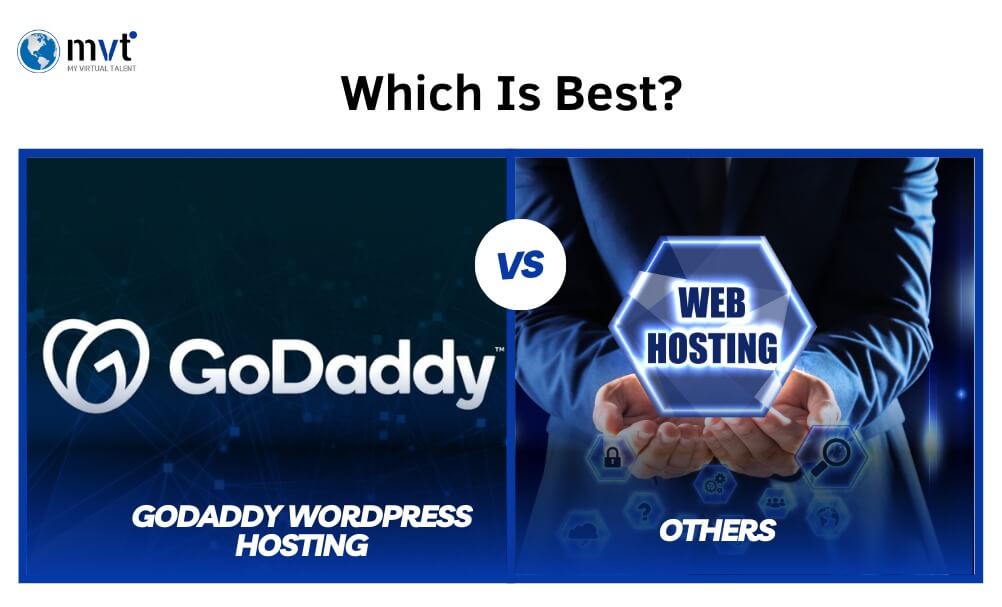
Visual content is the backbone of communication in today’s digital-first world. From social media to websites, businesses everywhere need strong visual content to stand out and connect with their audience. That’s why multimedia designers are now more important than ever. They create eye-catching graphics, animations, and videos that help brands share their message in fun and interesting ways.
Are you thinking about becoming a multimedia designer? Or maybe you want to hire one for your company? Either way, this guide will help you understand everything about the role.
In this post, you’ll learn what a multimedia designer does every day, what skills they need, and how they help businesses grow. You’ll also get useful tips on starting a career in multimedia design or finding the right person to join your team.
Let’s explore the exciting world of multimedia design, where creativity meets technology!
What Is a Multimedia Designer?
A multimedia designer is someone who mixes creativity with technology to make eye-catching videos, graphics, and animations. Their job is to help people understand information better by using visuals that are fun, clear, and easy to follow.
Multimedia designers don’t just work in one area. They are needed in many different fields:
- Digital Marketing – They design ads, social media posts, and marketing videos that help businesses stand out online.
- Film and Television – They create title screens, special effects, and promo videos for shows and movies.
- E-Learning – They build fun and interactive lessons to make learning easier and more interesting.
- Gaming – They design cool characters, game worlds, and exciting animations.
- Corporate Training – They make simple videos that explain how things work or help new employees learn their job.
Because they can work in so many areas, multimedia designers are valuable team members in both small businesses and large companies. They help make ideas come to life and grab people’s attention.
If you enjoy being creative and also like working with tools like Adobe Photoshop, After Effects, or video editing software, a career in multimedia design could be perfect for you.
In this blog, we’ll talk more about what multimedia designers do, the skills they need, and how to become one or hire one for your business.
Key Responsibilities of a Multimedia Designer
The day-to-day duties of a multimedia designer can vary depending on the project or industry. However, here are some core responsibilities they typically handle:
Conceptualizing Ideas
Multimedia designers work closely with clients, creative teams, or stakeholders to brainstorm ideas. Understanding the objectives and target audience is crucial in developing materials that align with a brand’s voice and mission.
Designing Visual Content
Whether it’s creating a sleek infographic or a stunning website banner, multimedia designers use tools like Adobe Photoshop, Illustrator, and Figma to design engaging visual content from scratch.
Adding Motion and Animation
Static visuals are just one piece of the puzzle. Multimedia designers often bring their work to life by creating animations for videos, social media, or websites. Tools like Adobe After Effects or Blender are commonly used for this.
Audio/Video Editing
Many multimedia designers double as video editors, using software like Premiere Pro or Final Cut Pro to refine footage, sync it with music or voiceovers, and create polished final products.
Staying Updated on Trends
To stay competitive, multimedia designers need to keep up with emerging trends, new design software, and modern design philosophies. Constant learning ensures their work remains fresh and relevant.
Top Skills To Include In Multimedia Designer Job Description
To be a successful multimedia designer, you need to learn and practice many useful skills. Here are the most important ones:
Creative Thinking and Artistic Skills
Good design starts with creativity. Multimedia designers must be able to think of new ideas, tell stories visually, and create designs that catch people’s attention. It’s not just about making things look good—it’s about making designs that connect with people.
Knowing How to Use Design Tools
Multimedia designers must be comfortable using popular design software. These tools help you draw, animate, edit videos, and more. The most common tools include:
- Adobe Photoshop and Illustrator – for editing photos and creating graphics.
- Adobe Premiere Pro and After Effects – for editing videos and making animations.
- Figma – for designing user-friendly websites and apps.
- Blender or Cinema 4D – for creating 3D models and animations.
Learning these tools takes time, but they are key to becoming a strong designer.
In short, combining creative talent with strong software skills is the secret to success in this exciting field!
Motion Graphics and Animation
More and more companies want exciting videos and moving content to attract people. That’s where motion graphics and animation come in. If you know how to make text, characters, or objects move on screen, you’ll have a big advantage. These animations make content fun to watch and easier to understand. Tools like Adobe After Effects or Blender help designers add life to their work.
Working with a Team
Multimedia designers don’t work alone. You’ll often work with others, like writers, marketing teams, and project managers. You’ll join meetings, share ideas, and get feedback. Good communication is important. You should be able to explain your ideas clearly and also listen to others. Teamwork helps make a design project successful and smooth.
Managing Time Well
In this job, there are always deadlines. You might be working on several projects at the same time. That’s why you need strong time management skills. Knowing how to plan your work, finish tasks on time, and keep things organized is very important. You should also be ready to make changes quickly if something new comes up.
In short, great multimedia designers can make things move, work well with others, and stay on top of their schedule. These skills help you grow in your career and impress clients with top-quality, on-time work.
Educational Background and Training
Becoming a multimedia designer usually starts with a formal education in graphic design, multimedia art, or animation. However, the importance of practical experience can’t be overstated your portfolio often speaks louder than your degree.
Standard Educational Path
- Bachelor’s degree in Graphic Design, Multimedia Arts, or Digital Media
- Certification courses in tools like Adobe After Effects or Blender
Building a Portfolio
A strong portfolio showcasing a variety of projects from animations to brand collateral is often more valuable than formal education. Aspiring designers should focus on curating work that demonstrates versatility and creativity.
Where Do Multimedia Designers Work?
Multimedia designers have many job choices. You can find them working in offices, studios, or even from home. Some people choose full-time jobs, while others work as freelancers. Here are some of the most common places where multimedia designers get hired:
- Digital Marketing Agencies
These agencies create social media ads, videos, and graphics for many businesses. A multimedia designer here makes fun posts, short animations, and brand videos to help companies look great online.
- Film Production Companies
In film and TV, multimedia designers work on title screens, motion graphics, and visual effects. If you love movies or editing, this might be the place for you.
- Tech Startups
Startups often need help with user-friendly designs. Multimedia designers create visuals for apps, websites, and product videos. You may also design explainer videos to show how the app works.
- Corporate Training Teams
Big companies need videos to train their staff. Designers in this field make easy-to-understand e-learning content, such as animations and step-by-step guides.
- Freelancing
In short, multimedia designers can work in many places offices, studios, or even their bedrooms! Whether you like teamwork or working alone, there’s a job type that fits your style. From ads to movies, apps to online lessons, every industry needs someone creative who can bring ideas to life through visuals.
Multimedia Designer Job Outlook
The demand for multimedia designers is expected to grow as digital content continues to dominate our world. According to the U.S. Bureau of Labor Statistics, occupations in multimedia artistry and animation are projected to grow by 4% over the next decade.
And it’s not just traditional roles. Newer fields like augmented reality (AR), virtual reality (VR), and interactive media development are creating countless opportunities for multimedia designers to shine.
Tips for Aspiring Multimedia Designers
Want to start a career in multimedia design? Here are some actionable steps to kickstart your journey:
Build a Portfolio First
- Your portfolio is your most important tool.
- Create samples like logo designs, animations, or web banners.
- Do small projects for friends, school, or local businesses to show your skills.
- The goal is to show what you can do, even if you don’t have paid experience yet.
Keep Learning
- Design software keeps changing, so stay updated.
- Use online platforms like Coursera, Skillshare, or LinkedIn Learning.
- Learn tools like Photoshop, Illustrator, After Effects, and Figma.
- Try to take short courses on motion graphics or 3D design too.
Join Online Design Communities
- Post your work on Behance or Dribbble to get noticed.
- Create a LinkedIn profile to connect with designers and clients.
- Be active by commenting, asking questions, and sharing your work regularly.
Look for Real-World Experience
- Internships are a great way to learn and build confidence.
- Apply to small studios, startups, or even volunteer for school or community projects.
- The more you work on real projects, the better your portfolio becomes.
Stay Positive and Keep Creating
- Don’t get discouraged if it’s slow at first.
- Practice, learn, and share your work consistently.
With time and effort, you’ll be ready to land your first job or freelance gig in multimedia design!
Start Designing Your Path to Success
Multimedia designers do much more than make things look nice. They create eye-catching visuals, fun animations, and helpful videos that make ideas easier to understand and more exciting to watch. Whether it’s for social media, a website, or a training video, they bring creativity and skill to every project.
In this blog, we explained what a multimedia designer does, what skills they need, and where they usually work. If your business wants to grow online, a talented multimedia designer can make a big difference in how people see your brand.
Need help finding the right designer? MyVirtualTalent is here to help! We have skilled multimedia designers ready to work on your next project. Whether you need help with video editing, graphics, or animation, our experts will deliver high-quality work on time.
Let’s bring your ideas to life with stunning designs with the help of MyVirtualTalent.
Looking for fresh content?
Get articles and insights from our weekly newsletter.
Recent Posts
Reduce Your Marketing Spend By 70% And Grow Your Revenue Organically 10X Faster!
Get a Free Quote Today!










